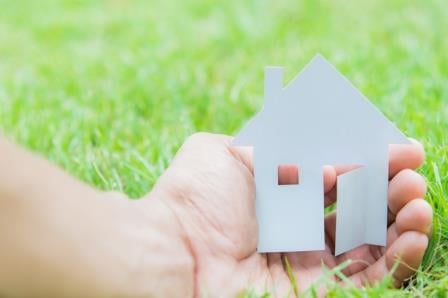Several of the world's leading commercial real estate owners are making significant progress in improving their green credentials

Several of the world’s leading commercial real estate owners are making significant progress in improving their green credentials.
A report from the Urban Land Institute’s (ULI) Greenprint Center for Building Performance shows that many owners are reducing energy consumption, carbon emissions and water usage in their buildings.
As tastes shift towards greener values, buildings that do not conform to desired standards of environmental sustainability are expected to see a decline in value.
“To adapt to evolving environmental and climate-related vulnerabilities, building owners and policy makers are thinking about ways to protect against the possibility of eroding asset value,” said Greenprint Chairman Emeritus Charles B. Leitner III. “Leaders in the real estate industry that have committed to mitigation and adaptation strategies are already benefitting from asset value preservation and creation.”
Buildings globally are responsible for around a third of climate-changing carbon emissions and corporate responsibility policies are requiring cleaner, greener buildings.
The tenant demand is coupled with greater regulation for environmental standards and the desire of CRE investors to ensure that their holdings meet with both regulatory and tenant expectations.
There is also the impact of climate change itself with many property investors keen to ensure that their assets are better protected against weather-related incidents.
The report says that many building owners are implementing retrofits to upgrade technology and improve operational capabilities of their buildings.
A report from the Urban Land Institute’s (ULI) Greenprint Center for Building Performance shows that many owners are reducing energy consumption, carbon emissions and water usage in their buildings.
As tastes shift towards greener values, buildings that do not conform to desired standards of environmental sustainability are expected to see a decline in value.
“To adapt to evolving environmental and climate-related vulnerabilities, building owners and policy makers are thinking about ways to protect against the possibility of eroding asset value,” said Greenprint Chairman Emeritus Charles B. Leitner III. “Leaders in the real estate industry that have committed to mitigation and adaptation strategies are already benefitting from asset value preservation and creation.”
Buildings globally are responsible for around a third of climate-changing carbon emissions and corporate responsibility policies are requiring cleaner, greener buildings.
The tenant demand is coupled with greater regulation for environmental standards and the desire of CRE investors to ensure that their holdings meet with both regulatory and tenant expectations.
There is also the impact of climate change itself with many property investors keen to ensure that their assets are better protected against weather-related incidents.
The report says that many building owners are implementing retrofits to upgrade technology and improve operational capabilities of their buildings.



